What is a Thru-Axle?
Before delving into these reasons, let’s discuss what a thru-axle is and how it came into existence. Before we  do that, we should discuss what came before. I’m sure we’re all familiar with the mighty quick release. Invented almost 100 years ago by the late great Tullio Campagnolo, it replaced the simple nutted axle. With this, a solid axle was threaded and used nuts to secure each side of the hub to the dropouts. The quick release axle was hollow, allowing for the quick release to be inserted in it. The quick release skewer is a sort of specialized nut and bolt that is secured by a lever actuating a cam. Basically flipping the lever is equivalent to tightening the nut, but with some added mechanical advantage.
do that, we should discuss what came before. I’m sure we’re all familiar with the mighty quick release. Invented almost 100 years ago by the late great Tullio Campagnolo, it replaced the simple nutted axle. With this, a solid axle was threaded and used nuts to secure each side of the hub to the dropouts. The quick release axle was hollow, allowing for the quick release to be inserted in it. The quick release skewer is a sort of specialized nut and bolt that is secured by a lever actuating a cam. Basically flipping the lever is equivalent to tightening the nut, but with some added mechanical advantage.
The Problem with Quick Releases
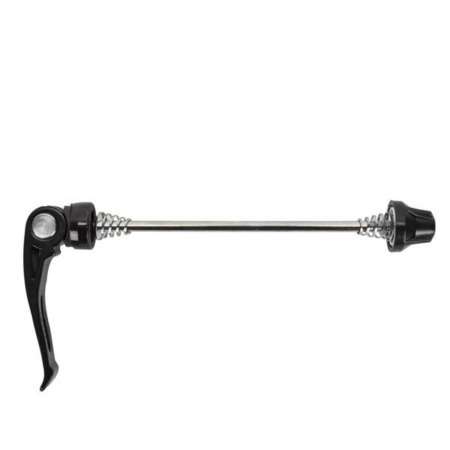
Disc brakes, as it turns out, put tremendous force on the bike. Especially for the front wheel, the action of braking and releasing can actually cause a quick release to come loose. This was made worse with suspension forks. And yet, mountain bikes at the time were pushing the limits of both braking and suspension. This ultimately led to other problems, including quick release and axle breakages and brake rotor rub as the axle flexed.
How Thru-Axles Work

While it was born out of the most extreme end of the sport, it certainly has advantages for the average user, which is why it is so common on bikes today, including bikes that see much more casual usage. The major problems it seeks to solve can benefit us all: strength and proper alignment of the brake system.
Benefits of Thru-Axles
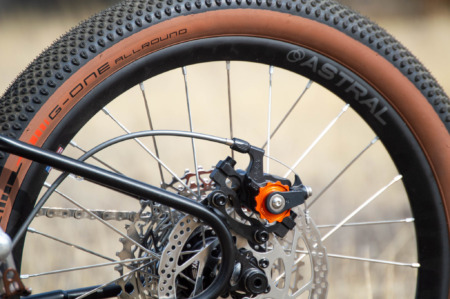
The second benefit is the proper alignment of the disc brake system. Because of the force of disc brakes and the rigors of off-road usage, sometimes a traditional axle will flex slightly and cause the brake to rub. This can cause uneven wear and poor performance. Again because of the strength and stiffness, this is all but mitigated.
Another fine benefit is that there is only one way to put the wheel in. There’s no sliding the wheel all the way in the dropout. There’s no ensuring the wheel is properly centered in the dropout. These are mistakes you can’t make because if you do, the thru-axle won’t go through. Any bike mechanic around could tell you of the countless times they’ve had people with one issue or another that was solved simply by getting the proper positioning of the wheel. This becomes a non-issue with thru-axles.
The Drawbacks
That said, thru-axles are not without some detriments. First your bike frame must be built with thru axle dropouts in order to use thru axle hubs. There is a vast array of thru-axle sizes out there versus effectively one size of quick releases. This can make finding spares a bit harder. Since the axle needs to be removed to remove the wheel, most versions require a tool and there’s a small chance of losing the axle. They are also slightly heavier. Of course, so are disc brakes, but they are virtually ubiquitous at this point because of their functional superiority. Same logic applies with thru-axles. Finally the thru axle hubs and bike frames are still more expensive than your average quick release hubs and frames.
Conclusion
All in all, the benefits far outweigh the detriments for many people. That said, the addition of thru-axles to the Bike Friday lineup is a most welcome one. Thru-axles are currently available for All-Packas delivered in December or later. All-Packa Frame kits will include the thru-axles. Maybe they will come to more models in the future. Which other Bike Friday models would you like to see them added to and why?



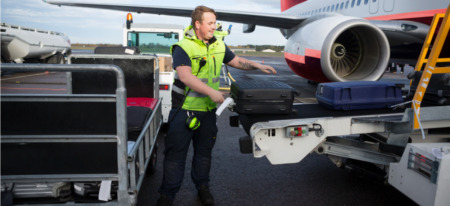
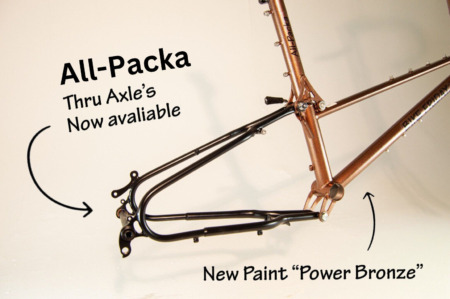
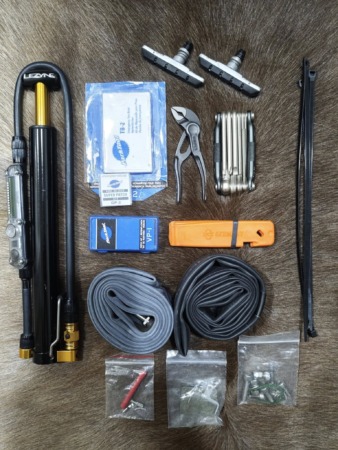


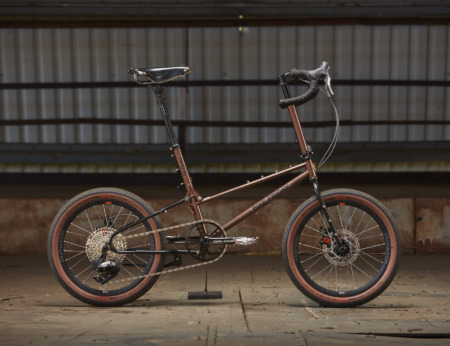
11 Responses
If thru axles are better, what can one who owns an older All-Packa do besides get a new bike?
Steven, we can sell you a new rear end and fork. You’ll obviously need a new wheelset. You could also trade your bike in for a new one.
I have an older quick release All-Packa and put on some DT Swiss RWS skewers. They are not thru axles but holds stronger than any quick release since you can crank them down.
I’ve been curious about this for traveling bikes. It feels like thru axle bikes would be better for packing, since the hubs themselves are narrower, while the axle attachment for the frame would act as a dropout protector during traveling.
Smart thinking, I agree. Having that axle in place may save a crushed dropout or even rear end or fork.
maybe super pro can add this
馒头侠, there are no clear plans to add it to any other model right now. Personally, I think the road bikes could use it, too, but we’ll need to sort out flat mount disc mounting first.
Nice article. I have the same sentiments and reason why I waited for this to have my order on thru-axles. It trully is worth it. 🤓
Walter- is the Rohloff ready feature still available with the through axle?
Sean, I don’t know that I would recommend Rohloff’s thru-axle implementation, actually. It’s really funky. It technically isn’t a thru-axle, but sort of an adapter to make it work with thru-axle frames. If you want a Rohloff, I’d still recommend a quick release or bolt-on for the back and have a thru-axle front. That’s where the significant gain is.
I just ordered a new Pocket Rocket (my second one). I am disappointed that thru axle is not an option. Would have loved to have had that option. Great to see that Bike Friday is still following their history of innovation.